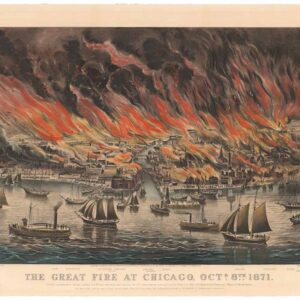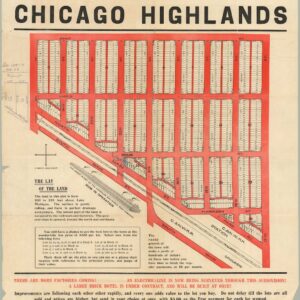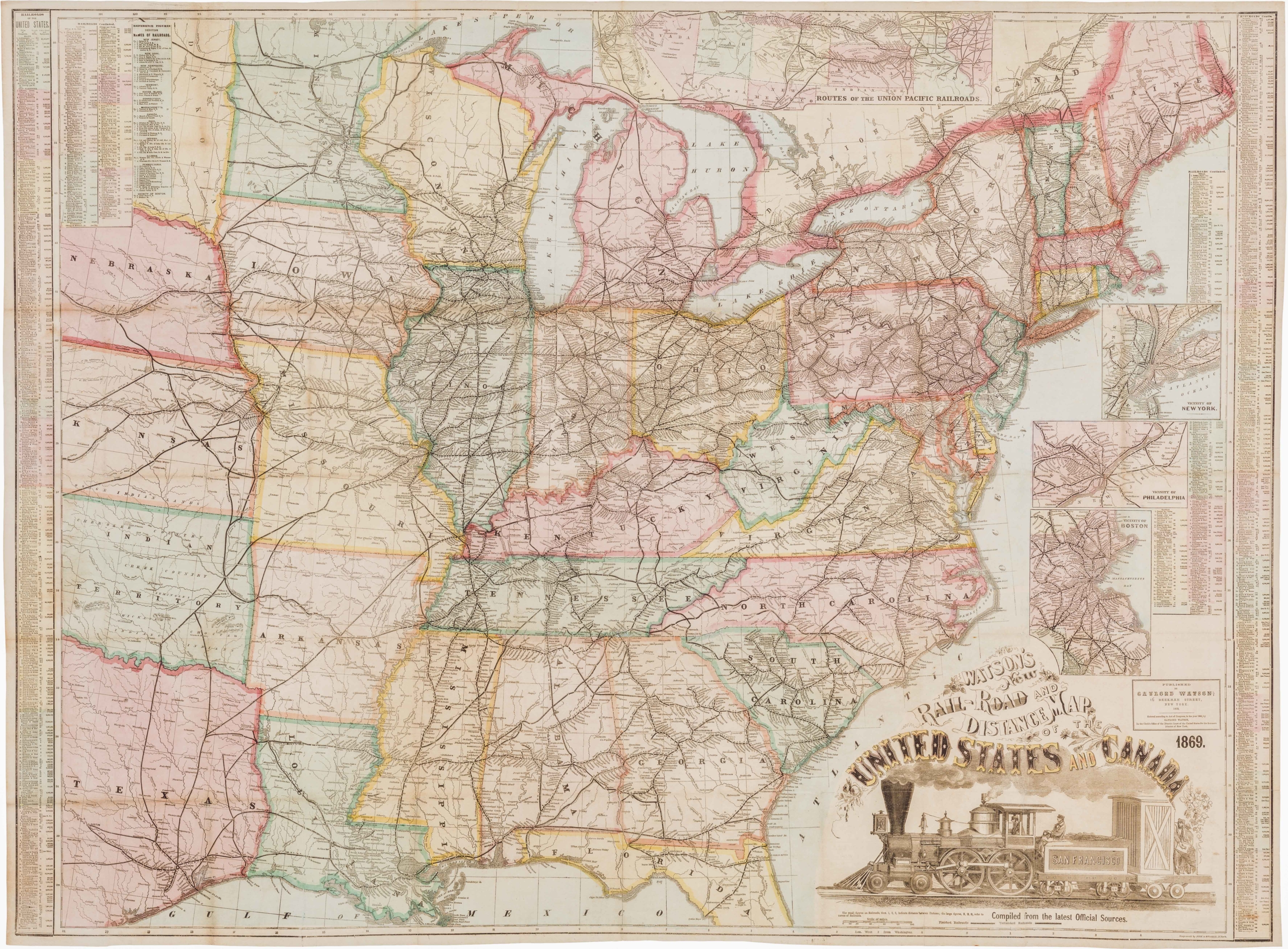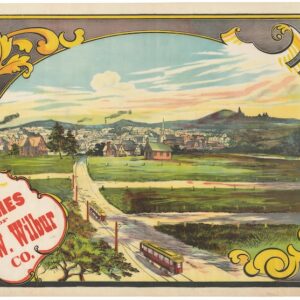Fascinating World War II era map of U.S. military bases and vital raw materials.
Rand McNally Defense Map of the United States
$650
1 in stock
Description
With pictorial vignettes of an American bomber, tank, rail gun, battleship, and the Statue of Liberty, this World War II era Rand McNally map highlights strategic military positions and natural resources within the continental United States. It is clearly designed to give Americans a sense of security; along with the strength projected by the vignettes, exaggerated shading along the coasts makes the United States seem like a fortified island with high, protective cliffs.
The cartographers have chosen a simple base map of important mountain ranges and rivers (both key natural features for military movement), and state boundaries and capitals. Onto this backdrop have been plotted American naval bases, army and navy airfields, and military posts. The strategic importance of ports is clear, and on the West Coast we see how San Francisco, with its many installations and adjacent airfields, would become the gateway to the war in the Pacific.
In addition, areas of strategic raw materials, vital to the sustained war effort, have been mapped, including: petroleum in Oklahoma, Texas, and California, sulphur, lead, zinc, Kentucky coal, iron, and many more.
Cartographer(s):
In 1856, William H. Rand opened a printing shop in Chicago and two years later hired a newly arrived Irish immigrant, Andrew McNally, to work in his shop. In 1868, the two men, along with Rand’s nephew George Amos Poole, established Rand McNally & Co. and bought the Tribune’s printing business. The company initially focused on printing tickets and timetables for Chicago’s booming railroad industry, and the following year supplemented that business by publishing complete railroad guides.
The first Rand McNally map, created using a new cost-saving wax engraving method, appeared in the December 1872 edition of its Railroad Guide. Rand McNally became an incorporated business in 1873; with Rand as its president, McNally as vice president, and George Poole as treasurer.
Rand McNally published its first road map, the New Automobile Road Map of New York City & Vicinity, in 1904.
Condition Description
Minor splits at folds, chip in lower left corner, remnants of repair tape on verso.
References
OCLC 13775448: Institutional holdings at the University of Illinois Urbana-Champaign, Texas A&M University, the Buffalo and Erie County Public Library, and the Denver Public Library.





